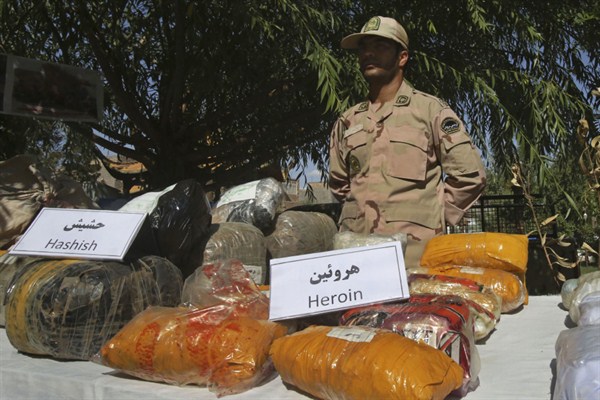Iran has long had one of the world’s biggest drug addiction problems, but the government’s attitude toward the drug war remains rife with contradiction. Iran has taken drug addiction very seriously, as evidenced both by its extensive and heavy-handed law enforcement efforts and by the resources it puts toward prevention, treatment and harm-reduction programs. However, officials have at times downplayed the extent of the problem, as politicians have sought to paint a positive picture of the state of drug addiction in Iran.
In a June speech, Interior Minister Abdolreza Rahmani Fazli said that Iran was home to 1.35 million addicts, adding that this number put Iran below the overall world addiction rate. By most accounts, however, the levels of addiction in the Islamic Republic are among the highest in the world. Former UNODC head Antonio Maria Costa has said, “Addiction in Iran is ten times what is known in other countries,” that actual Iranian addiction rates are likely much higher than those reported by the government and that drug addiction rates are actually closer to 6 percent. The last comprehensive survey, according to some scientists, was done in 2004, the year before Mahmoud Ahmadinejad was elected president, and it put Iran’s number of addicts at 3.7 million.
The demographics of Iran’s addiction problem are wide-ranging. Government-sponsored drug abuse surveys indicate that while addiction is primarily a male problem—nine out of 10 addicts are male—there are men of all backgrounds among the drug-using population. Many are highly educated; in fact, more than 21 percent of drug addicts in the country have at least a bachelor’s degree. Increasingly, drug users are young adults. Chronic youth unemployment, including among recent university graduates, has contributed significantly to this phenomenon.

